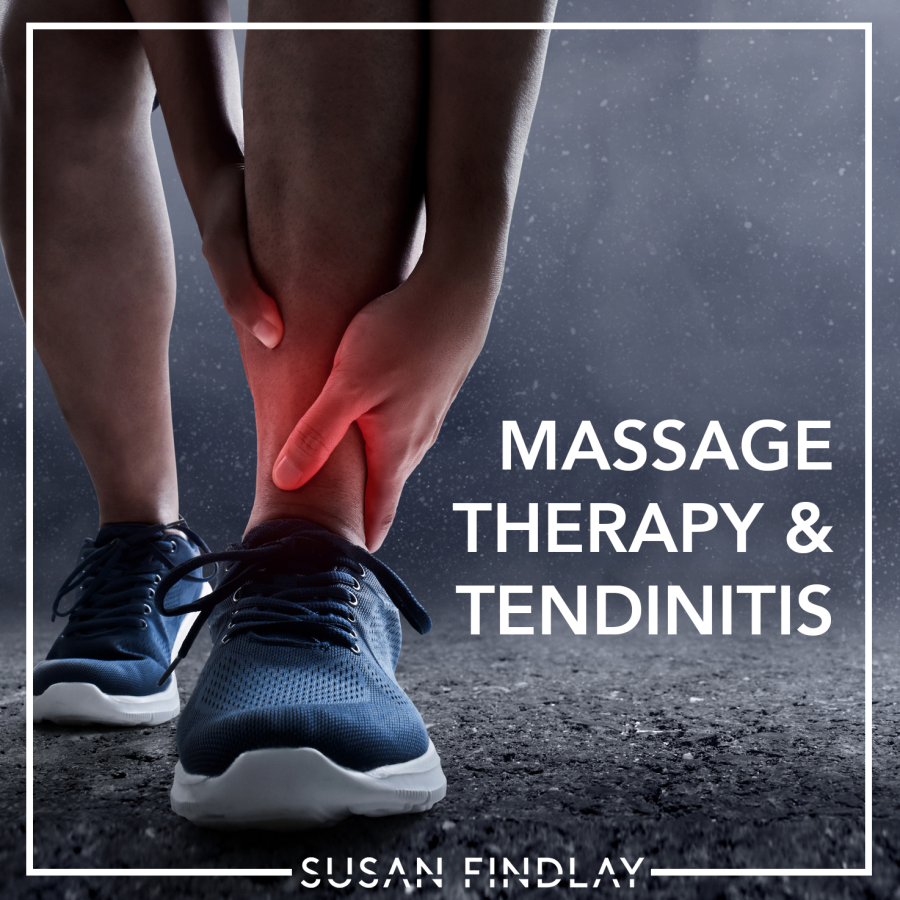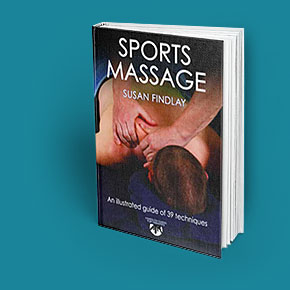‘Tendon disorders represent some of the most frequent orthopedic diagnoses, accounting for over 30% of all musculoskeletal consultations.’ (1)
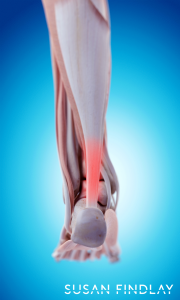 What are tendons?
What are tendons?
Tendons are the thick, fibrous cords that attach muscle to bone, not to be confused with ligaments, which attach bone to bone. Tendons are connective tissues that are made up collagen, a strong protein found in abundance in the body’s bones, muscles, skin, and tendons. Collagen acts as ‘a scaffold to provide strength and structure’ in the body. (2)
What is tendinitis?
Tendinitis occurs when a tendon becomes inflamed or irritated as a result of micro-tearing, causing tenderness and pain around the joint. It occurs most often around the shoulders, elbows, wrists, knees, and heels (3). Tennis elbow, golfer’s elbow, and swimmers shoulder are common names for tendinitis problems.
Symptoms of tendinitis include tenderness, mild swelling, and a dull, aching pain when moving the affected area.
Micro-tearing is caused by overuse of a tendon, or as a result of injury. Sports-related injuries are a common cause of tendinitis, as are repetitive strain injuries (the repeated over-use of a muscle) which can occur in the workplace (4) – typing, writing, and manual labour are examples of work with potential risk of tendon injury.
Tendinitis can also occur as a result of poor posture, arthritis and similar conditions, diabetes, and on a rare occasion as a side effect of certain antibiotics (5).
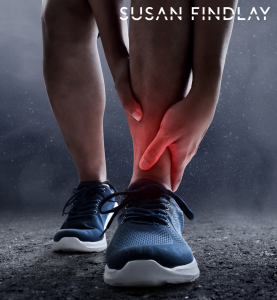 What is tendinopathy?
What is tendinopathy?
Though the terms tendinitis and tendinopathy are often used interchangeably, they are in fact different conditions. While tendinitis refers to an inflammation of the tendon, tendinopathy (also known as tendinosis) is a term used to describe ‘the degeneration of the collagen protein that forms the tendon. (6)’
This degeneration happens in response to chronic overuse of the tendon, combined with a lack of adequate time for the tendon to heal and rest (7).
Tendinopathy symptoms include pain in and around the joint, stiffness, and decreased strength in the area. Use of the tendon may cause the pain to get worse, and you may experience more pain and stiffness during the night, or when waking up in the morning. You may also notice a crunchy/clicking sound in the tendon when you use it (8).
Can massage therapy help?
Some approaches to treatment of tendon injuries include eccentric exercise – lengthening of a muscle under a weight (9), ultrasound/shockwave therapy, and manual therapy (10).
Tendon injuries like tendinitis and tendinopathy/tendinosis generally respond well to massage therapy. These conditions can be eased by friction therapy, but the healing process is different for each of the conditions. In the case of tendinitis, friction therapy can work by disturbing the scar tissue and can encourage new tissue to form allowing for proper alignment. In cases of tendinopathy, friction therapy works by acting as a stimulant for the production of fibroblast and collagen cells (11).
Deep Friction Massage, or DFM, is a form of manual therapy popularised by British doctor James Cyriax, M.D, known for his influence in the field of orthopedic medicine.
‘The beneficial effects of DFM on tendons include traumatic hyperemia and increased blood flow to the tissue, elimination of adhesions, and mechanoreceptor stimulation. (12)’
Traumatic hyperemia is a massage technique applied to areas of the body affected by tendinopathy, for the purpose of increasing blood flow to the area. It assists in ‘the removal of chemical irritants and allows the transportation of endogenous opiates, causing pain relief (13).’ Endogenous opiates are endorphins naturally created and released in the body by the central nervous system (CNS), the hypothalamus, and the pituitary gland (14).
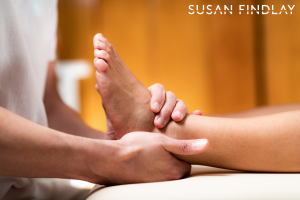 During a transverse friction massage (cross fiction massage), a form of deep friction massage, a therapist will use their fingers to apply pressure to the affected tissue. A key factor in the effective application of a transverse friction massage is that the direction of the massage is transverse to the direction of the tissue fibres. Existing adhesions can be relaxed by this movement, creating an environment that allows for the exchange of nutrients and the removal of the by-products caused by adhesions as well as potentially preventing adhesions from forming (15).
During a transverse friction massage (cross fiction massage), a form of deep friction massage, a therapist will use their fingers to apply pressure to the affected tissue. A key factor in the effective application of a transverse friction massage is that the direction of the massage is transverse to the direction of the tissue fibres. Existing adhesions can be relaxed by this movement, creating an environment that allows for the exchange of nutrients and the removal of the by-products caused by adhesions as well as potentially preventing adhesions from forming (15).
Stimulation of mechanoreceptors in the soft tissue surrounding the tendon injury encourages communication between the affected area and the central nervous system (16).
Difference in Length of Treatment
The difference in the treatment process for these conditions is the timeline. Tendinitis can usually be successfully treated in a number of weeks or months, whereas treatment for tendinosis may take longer – from three to nine months or more (17). Tendon injury treatment should take place as soon as possible for best results.
‘Once the structural integrity of the tendon is compromised, lack of proper treatment may lead to a full tendon rupture if full use is continued. (18)’
My take on all of this is, a correct diagnosis will prevent disappointment if the projected time-line is not met. I usually do not say how long it is going to take, my opening statement or approach is to say ‘let us see how well your tissue reacts to treatment, over time that will give us a good indication of speed.” If it is taking a bit of time, I always point out that we are making progress, things are improving, which is encouraging. If positive results are not forthcoming then I need to change my game plan, refer or seek further advice.
References
- Wiley Online Library. (2015). Tendon basic science: Development, repair, regeneration, and healing. [online] Available at: https://onlinelibrary.wiley.com/doi/full/10.1002/jor.22869 [Accessed 12 Feb. 2020].
- McIntosh, J. (2017). Collagen: What is it and what are its uses?. [online] Medical News Today. Available at: https://www.medicalnewstoday.com/articles/262881.php [Accessed 12 Feb. 2020].
- Mayo Clinic. (2017). Tendinitis – Symptoms and causes. [online] Available at: https://www.mayoclinic.org/diseases-conditions/tendinitis/symptoms-causes/syc-20378243 [Accessed 12 Feb. 2020].
- HSE.ie. (n.d.). Causes of tendonitis – HSE.ie. [online] Available at: https://www.hse.ie/eng/health/az/t/tendonitis/causes-of-tendonitis.html [Accessed 12 Feb. 2020].
- Arthritis.org. (n.d.). [online] Available at: https://www.arthritis.org/diseases/tendinitis [Accessed 12 Feb. 2020].
- Hecht, M. (2018). Tendinopathy: Definition, Comparison to Tendonitis, and Treatment. [online] Healthline. Available at: https://www.healthline.com/health/tendinopathy#vs-tendinitis [Accessed 12 Feb. 2020].
- Bass, E. (2012). Tendinopathy: Why the Difference Between Tendinitis and Tendinosis Matters. [online] NCBI. Available at: https://www.ncbi.nlm.nih.gov/pmc/articles/PMC3312643/ [Accessed 12 Feb. 2020].
- Uofmhealth.org. (2018). Tendon Injury (Tendinopathy) | Michigan Medicine. [online] Available at: https://www.uofmhealth.org/health-library/uh2113 [Accessed 12 Feb. 2020].
- Douglas, J., Pearson, S., Ross, A. and McGuigan, M. (2017). Eccentric Exercise: Physiological Characteristics and Acute Responses. [ebook] Available at: https://www.researchgate.net/publication/308124181_Eccentric_Exercise_Physiological_Characteristics_and_Acute_Responses [Accessed 12 Feb. 2020].
- Joseph, M., Taft, K., Moskwa, M. and Denegar, C. (2012). Deep Friction Massage to Treat Tendinopathy: A Systematic Review of a Classic Treatment in the Face of a New Paradigm of Understanding. [ebook] Available at: https://www.researchgate.net/publication/232765947_Deep_Friction_Massage_to_Treat_Tendinopathy_A_Systematic_Review_of_a_Classic_Treatment_in_the_Face_of_a_New_Paradigm_of_Understanding [Accessed 12 Feb. 2020].
- Benjamin, B. (2019). Tendon Damage: The Role of Massage Therapy in Recovery. [online] Massage Today. Available at: https://www.massagetoday.com/articles/1559319438838/The-Role-of-Massage-Therapy-in-Tendon-Damage-Recovery [Accessed 12 Feb. 2020].
- Joseph, M., Taft, K., Moskwa, M. and Denegar, C. (2012). Deep Friction Massage to Treat Tendinopathy: A Systematic Review of a Classic Treatment in the Face of a New Paradigm of Understanding. [ebook] Available at: https://www.researchgate.net/publication/232765947_Deep_Friction_Massage_to_Treat_Tendinopathy_A_Systematic_Review_of_a_Classic_Treatment_in_the_Face_of_a_New_Paradigm_of_Understanding [Accessed 12 Feb. 2020].
- Physiopedia. (n.d.). Deep friction massage. [online] Available at: https://www.physio-pedia.com/Deep_friction_massage [Accessed 12 Feb. 2020].
- World Journal of Obstetrics and Gynecology. (2018). Endorphins, oxytocin, sexuality and romantic relationships: An understudied area. [online] Available at: https://www.wjgnet.com/2218-6220/full/v7/i2/17.htm [Accessed 12 Feb. 2020].
- Hill, T. (2011). Cross-friction massage – Sterling Journal-Advocate. [online] Journal-advocate.com. Available at: https://www.journal-advocate.com/2011/01/10/cross-friction-massage/ [Accessed 12 Feb. 2020].
- Purves, D., Augustine, G., Fitzpatrick, D., Katz, L., LaMantia, A., McNamara, J. and Williams, S. (2001). Mechanoreceptors Specialized to Receive Tactile Information. [online] Ncbi.nlm.nih.gov. Available at: https://www.ncbi.nlm.nih.gov/books/NBK10895/ [Accessed 12 Feb. 2020].
- Benjamin, B. (2019). Tendon Damage: The Role of Massage Therapy in Recovery. [online] Massage Today. Available at: https://www.massagetoday.com/articles/1559319438838/The-Role-of-Massage-Therapy-in-Tendon-Damage-Recovery [Accessed 12 Feb. 2020].
- ibid.
